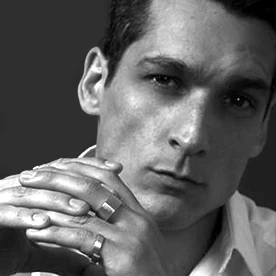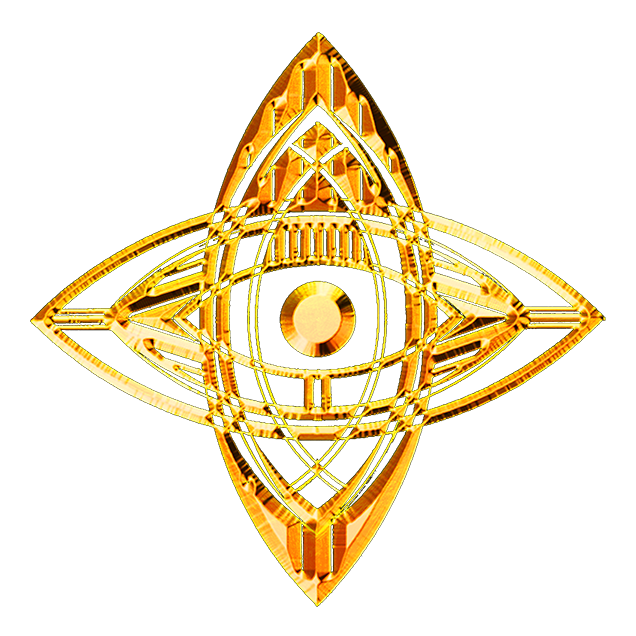Text is information
The paintings of the Lascaux Caves transformed Image into Sign, the Egyptian hieroglyphs transformed Sign into Concept and the Gutenberg Bible transformed Concept into Word.
There is a form of sacredness in the Word. If in the beginning, everything is defined by the Word, then its ultimate outcome is the Word. The Letter. The Typography.
A text, a story, a concept transmits information. Like an Image, the Word creates a common link between the creator and the beholder.
An effective image creates this link and conveys information using direct emotion through visual impact. An effective text creates that same connection by using an indirect emotion stemming from the understanding of the words.
If you can’t read or the writer isn’t good at creating that emotion, then the information isn’t transmitted. And if the Typography of the text is illegible, or conveys an emotion contrary to that of the author, the information is not transmitted either. The emotional marriage between form and substance must be understood and optimized.
This is why each concept, each text, each story must correspond to an adequate typography – in substance as well as in form – otherwise, the story will not walk on its two legs…
Therefore, a Typography must first meet the requirements of readability in order to respect the information that the text transmits ; this is its direct role…
…But Typography must also convey the subtlety that underlies the author’s emotional universe and the meaning of the words it shapes ; this is its indirect role.

Typography is emotion
Emotion generated by a typeface can be subtle or impactful, but in any case, it must be consistent with itself : all the glyphs that make up a typeface must be affiliated… and yet, each glyph must also have its own personality. Exactly like a human family.
If your work was a house, then the Font used for it would be the family that would live there and welcome you.
The use or creation of a font that serves an image or a text is not done randomly. There is a subtle dialogue between a typeface and the text or image it embodies.
The archetypes attached to the personality of such or such typeface convey a story and an emotion of their own. A Chronology. A Soul.
The subtle use of a typeface in a given context can radically change the emotional impact of the overall work depending on whether the typeface is in harmony, in opposition or in withdrawal from the work it embodies (text or visual).
Examples :
• A corporate report or a novel written in Garamond (Style and Tradition) will not give out the same feeling as if it is written in Optima (Versatile and Modern) or in Comics Sans (Fancy and difficult to read).
• The title of a horror film on a poster written in Fraktur or Rocky AOE (vulgar and not very subtle) will create a radically different impression if it is written in Euphoria or Pinyon Script (vintage mystery and second degree).
• A drink whose title is written in Wakers Amor (Legacy and Strength) would not appeal to the same consumers as if it were written in Exocet (Magic and Divinity) or in Tungsten (Modernity and Impact).
The choice of emotion generated by your work is crucial. Ergo, the choice of the typeface that embodies it is also crucial.
Do you convey the right message?
I can help you discern your exact typography needs : most of the time, it is not necessary to create a complete typeface. The question is : do you know the right typographic tool to convey your message effectively and appropriately?
For example, to design a title used in a branding or for a book cover, only a few letters are needed and they are therefore designed as a Logotype for a very specific use (see Art Direction Section).
I also practice Calligraphy. An handwritten title or phrase (for novels, posters, business cards, flyers, etc.) will give out a great originality and will make your title stand out to convey your message in an unique way. Once digitally processed, it can be used as a vectorized logotype.
Be aware that a complete Typeface contains twice the letters of the alphabet (upper and lower case), numbers, mathematical symbols, diacritics (letters with accents, bars, tildes, etc.), special signs (ampersand, at sign, hashtag, etc.), punctuation and even spaces! All these constitutive elements of a typeface are called Glyphs.
Therefore, the number of glyphs that must be created ranges between 150 and 300 glyphs. Also, if necessary, variations of Fonts such as Bold, Italic, Black, Oblique and their combinations (Bold Italic for example) need to be designed as well, depending of your needs. This kind of work takes many months of design, testing and development.
Consequently, ordering an original and complete Typeface is an investment in time and resources that must be carefully thought out for an extremely precise use.
I can advise you.

















